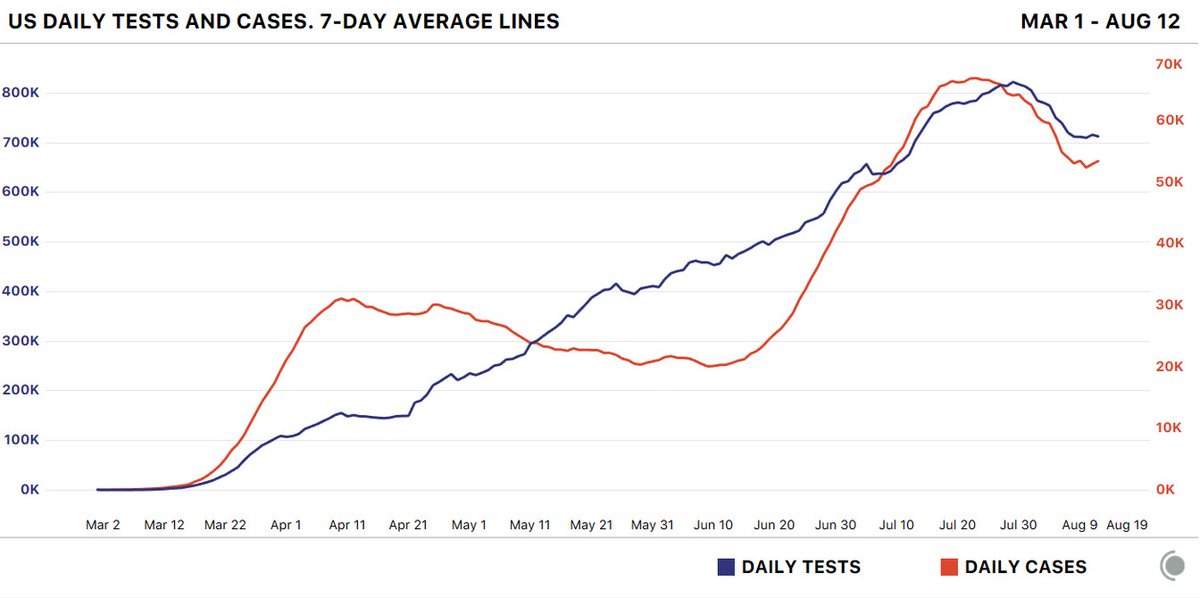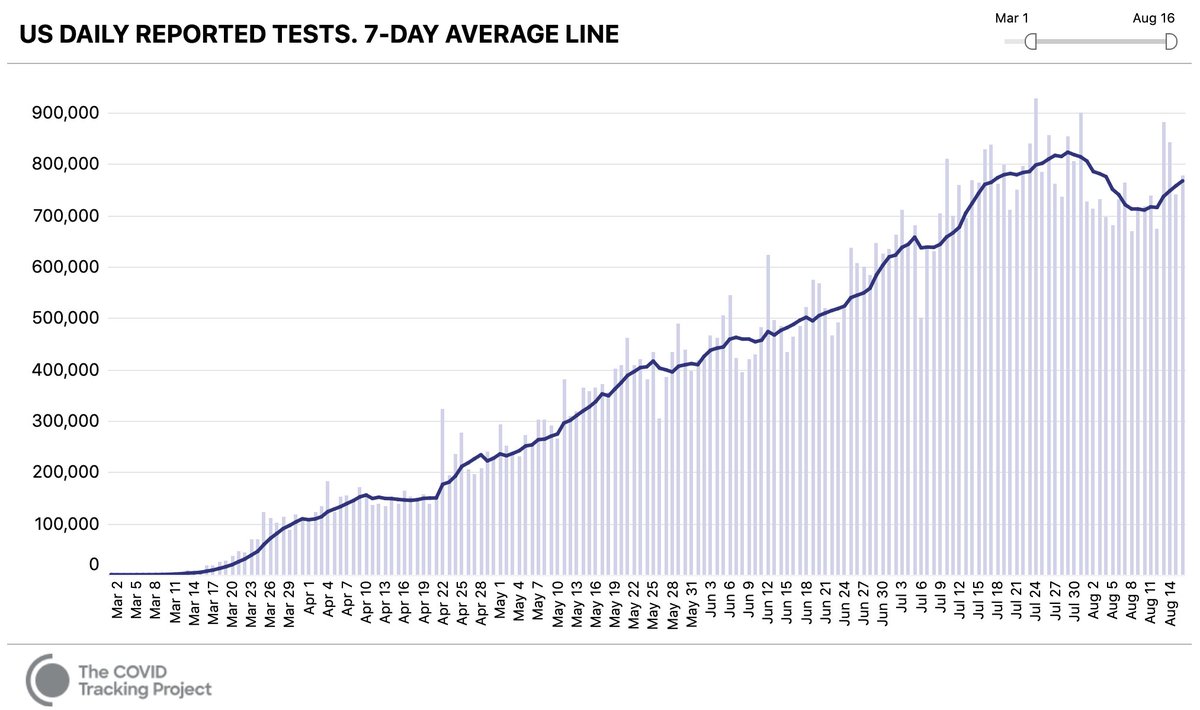This is our attempt at an answer: theatlantic.com/health/archive…
theatlantic.com/health/archive… (3/n)
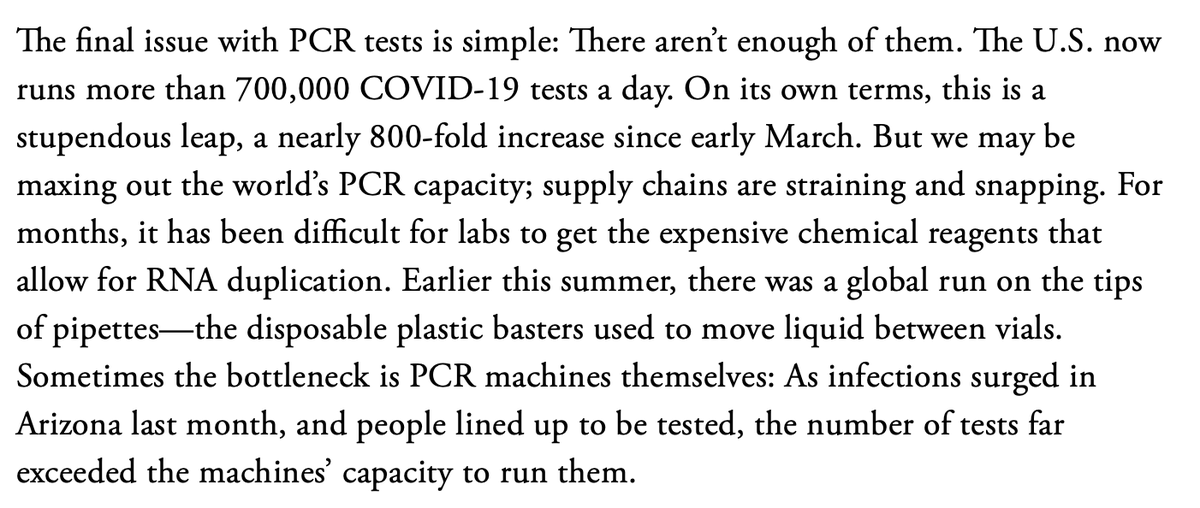

theatlantic.com/health/archive…
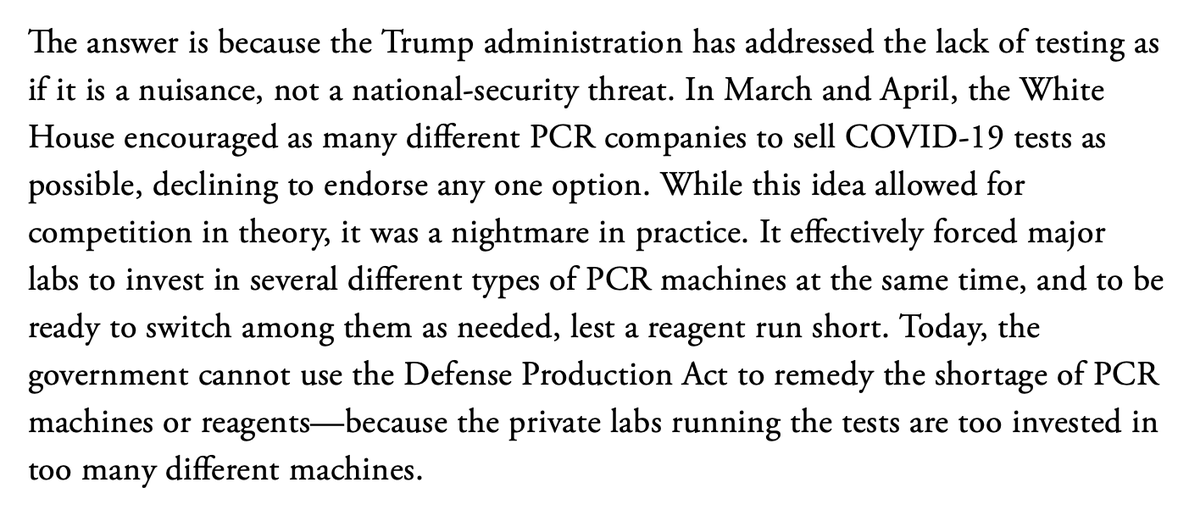
theatlantic.com/health/archive…
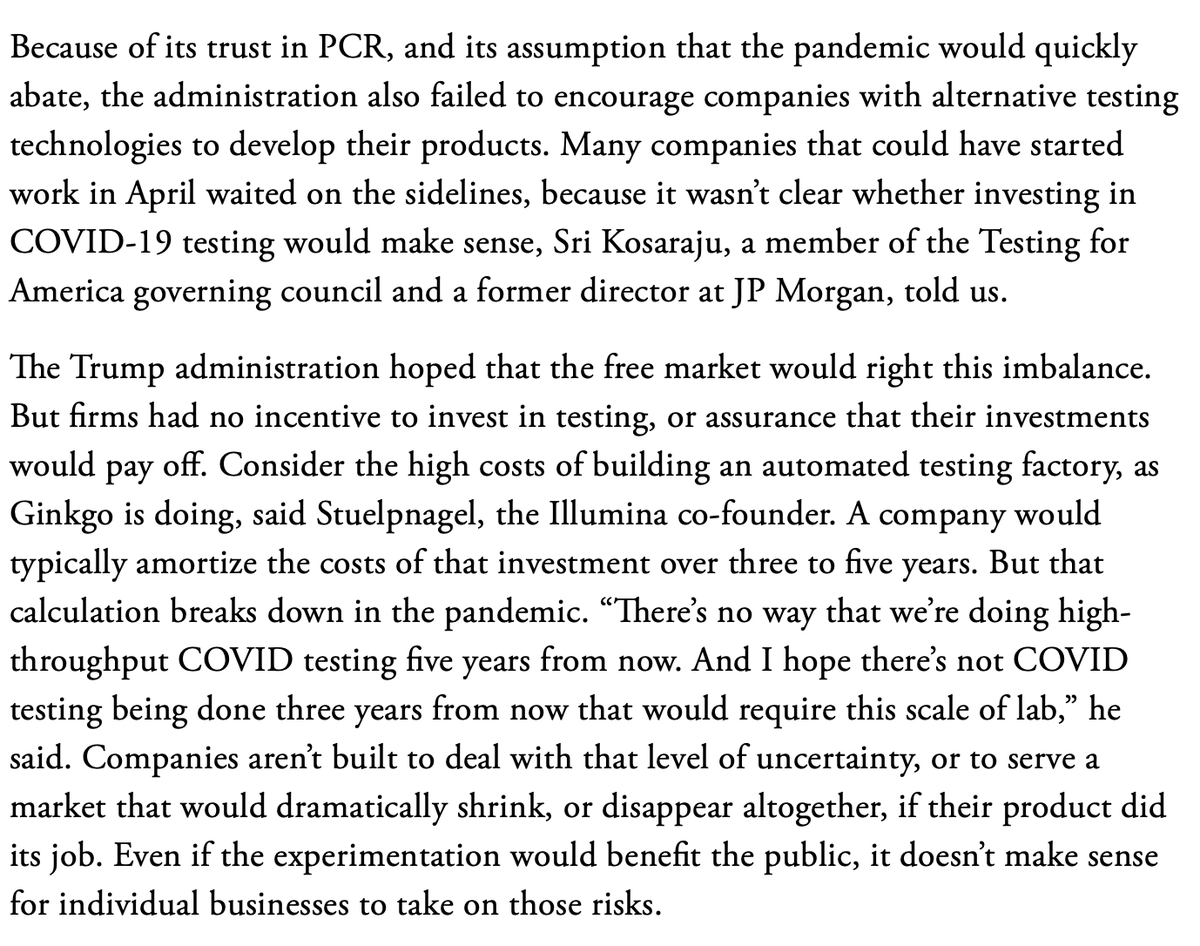
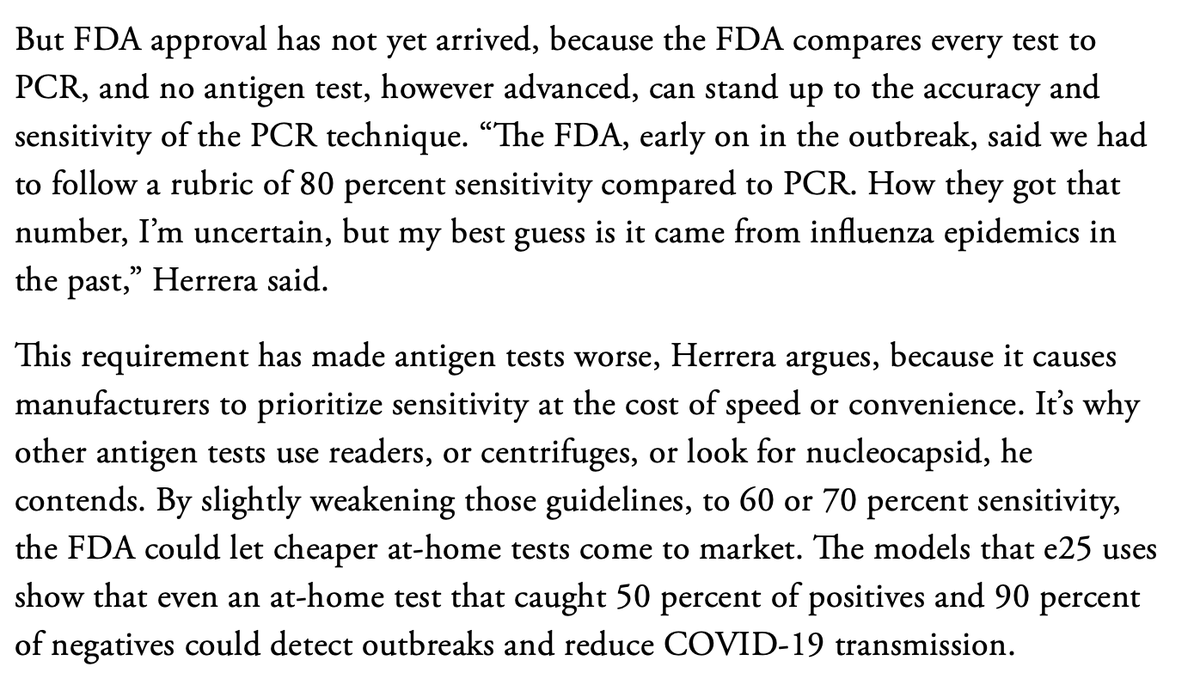
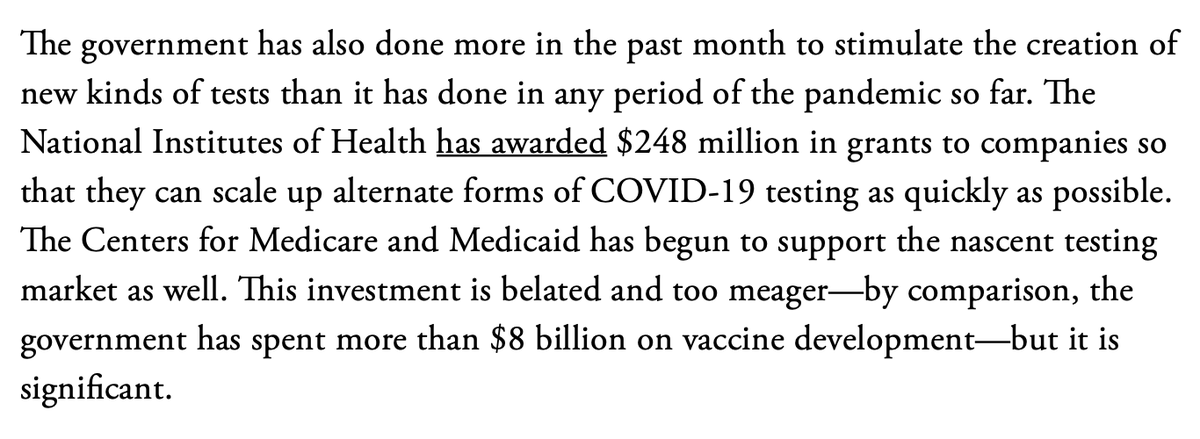
Your day might look a little like this:
theatlantic.com/health/archive… (21/n)
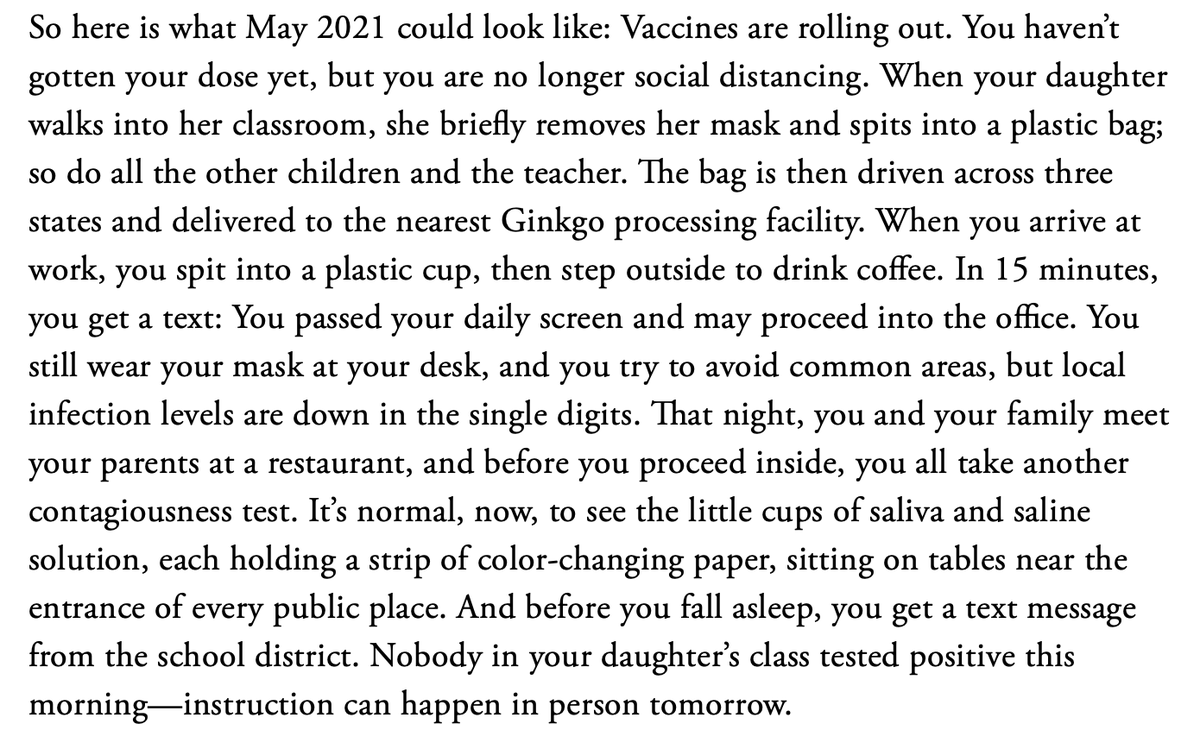
and learn how we could make things better, even without further federal action…
…you’ll have to read the full story: theatlantic.com/health/archive… (22/22)

